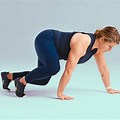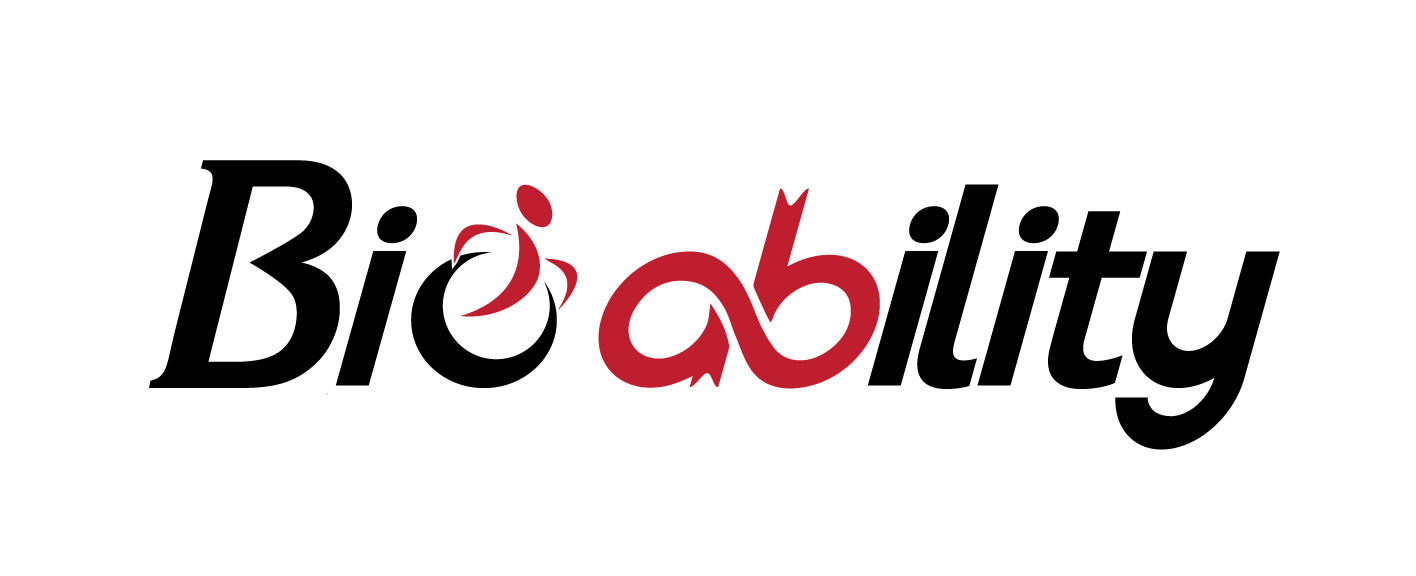October 1, 2025
The Ability Connection
Issue #37
October is ADHD Awareness Month
October marks ADHD Awareness Month, a global initiative dedicated to increasing understanding, reducing stigma, and sharing resources for those affected by Attention-Deficit/Hyperactivity (ADHD). It is a neurodevelopmental condition that affects how people focus, regulate impulses, and manage energy levels. It’s not just about being “hyper” or “distracted”—ADHD involves complex brain differences that impact executive function, emotional regulation, and behavior across many areas of life.
ADHD is typically categorized into three types:
- Inattentive type: Difficulty sustaining attention, forgetfulness, disorganization.
- Hyperactive-impulsive type: Excessive movement, fidgeting, impulsive decisions.
- Combined type: A mix of both inattentive and hyperactive-impulsive traits.
These symptoms must be persistent, disruptive, and present in multiple settings (like home and school) to meet diagnostic criteria.
ADHD is not limited to children—it affects people of all ages:
- Children: Often diagnosed between ages 3–12. Boys are more frequently diagnosed, though girls may show subtler signs like daydreaming or internal restlessness.
- Teens: Symptoms can evolve, with more emphasis on emotional regulation and academic challenges.
- Adults: Many adults discover they have ADHD later in life. It can affect work performance, relationships, and self-esteem.
Globally, ADHD affects about 11% of children and 6% of adults, though many cases go undiagnosed or misdiagnosed.
The Surprising Power of Exercise for ADHD
While medication and therapy are common treatments, exercise is emerging as a powerful, science-backed tool for managing ADHD symptoms. Here’s how physical activity helps:
Brain Chemistry Boost
- Exercise increases dopamine, norepinephrine, and serotonin—key neurotransmitters that regulate mood, attention, and motivation5.
- These chemicals are often deficient in people with ADHD, and boosting them can improve focus, impulse control, and emotional regulation.
Enhanced Executive Function
- Regular physical activity improves working memory, cognitive flexibility, and inhibitory control.
- Activities that require strategy and coordination—like soccer or martial arts—are especially effective for children with ADHD.
Emotional and Behavioral Benefits
- Exercise helps reduce anxiety, depression, and irritability.
- It also improves motor skills and promotes better sleep, which are often areas of struggle for those with ADHD.
Bio Ability offers adaptive gymnastics for children and adaptive fitness for teens. Contact us for more information and to schedule a trial class.
October Is Spina Bifida Awareness Month
Every October, communities across the globe come together to recognize Spina Bifida Awareness Month, a time to amplify voices, share stories, and promote understanding of one of the most common neural tube defects. This month isn’t just about raising awareness—it’s about celebrating resilience, advocating for inclusion, and encouraging proactive health strategies that support lifelong well-being.
What Is Spina Bifida?
Spina Bifida is a congenital condition that occurs when the neural tube—an embryonic structure that eventually forms the brain and spinal cord—fails to close completely during early pregnancy. This results in varying degrees of damage to the spinal cord and surrounding nerves.
There are three main types:
- Myelomeningocele: The most severe form, where the spinal cord and nerves protrude through an opening in the spine, often causing paralysis and neurological complications.
- Meningocele: A sac of fluid pushes through the spine, but the spinal cord remains intact, leading to fewer complications.
- Spina Bifida Occulta: The mildest form, often asymptomatic, with a small gap in the spine but no visible opening.
Symptoms can range from mobility challenges and bladder/bowel dysfunction to learning difficulties and hydrocephalus (fluid buildup in the brain)2.
Who Does It Affect?
Spina Bifida affects approximately 1,500 babies born in the U.S. each year. It can impact individuals across their lifespan—from infancy through adulthood—and requires a multidisciplinary approach to care. While early surgical intervention can help close the spinal opening, many individuals live with lifelong physical and neurological challenges.
Prevention: The Power of Folic Acid
The most effective known prevention strategy is adequate folic acid intake before and during early pregnancy. Women of childbearing age are advised to take 400 micrograms of folic acid daily, either through supplements or fortified foods. This simple step can reduce the risk of neural tube defects like Spina Bifida by up to 70%.
Other risk factors include:
- Family history of neural tube defects
- Certain medications (e.g., anti-seizure drugs)
- Maternal obesity or poorly controlled diabetes
Beyond Therapy: The Benefits of Physical Activity
While physical therapy is a cornerstone of care, regular physical activity outside of clinical settings offers a wealth of benefits for individuals with Spina Bifida:
Physical Health
- Improves cardiovascular fitness and muscle strength
- Helps manage weight, reducing strain on joints and mobility aids
- Supports bone density and flexibility7
Mental and Emotional Well-being
- Boosts mood and reduces symptoms of depression and anxiety
- Enhances self-esteem and independence
- Encourages social interaction and inclusion
Cognitive and Functional Gains
- Promotes better coordination and balance
- Encourages problem-solving and goal-setting through adaptive sports
- Builds routines that support executive function and self-management
Whether it’s swimming, adaptive cycling, wheelchair basketball, or simply stretching at home, movement matters. The key is finding enjoyable, accessible activities that fit each person’s abilities and lifestyle.
What’s happening?
Trunk or Treat at Building Bridges
Our therapy partner, Building Bridges, is celebrating Halloween with a Trunk or Treat. It is scheduled Thursday October 30 from 530 to 730 PM and will be located in the Building Bridges parking lot. The address is 1389 Weber Industrial Drive, about a mile from the gym. Bio Ability will be there handing out goodie bags. Stop by and see us.
Fall Festival at Kidz Therapy Networks
Our other therapy partner, Kidz Therapy Networks, has invited us to be part of their Fall Festival. It will be located at the clinic at 5000 Research Court #450 in Suwanee, GA. It is about 8 miles from the gym. Bio Ability will have a booth. There will be games and family activities and vendor booths to check out.
Kids Night Out
We are offering an integrated Kids Night Out with Bio Gymnastics each month. It is the second Saturday of the month from 5-9 PM. It includes games, open gym, crafts and a movie. Pizza is for dinner. Please send a water bottle and snack if the child does not like pizza. Cost for Bio Ability is $45 per child due to smaller staff : child ratio. Contact Bio Ability to register so we can assure staff availability.
Staff Updates
Taylor is our Bio Ability administrative assistant. She may answer the phone when you call, answer a text message you send the Bio Ability number or even reach out to you via phone or email at times. When there are no classes going on in the staff office, she is located there. If you have not met her yet, please stop by and welcome her and introduce yourself to her and your child.
I am still looking for instructors and would love someone with a behavioral therapist or special education background so if you know anyone, please refer them to dawn.koch@bio-ability.com or to apply online on our website at https://bio-ability.com/job-application/
Class Schedules and Policies
Reminder that if you need any changes to your child’s schedule, please contact the Bio Ability phone number by calling or texting at least a week before the change is needed if at all possible. Should your child need to miss class for any reason, please let Dawn know ahead of time and we can schedule the makeup right away. There will be no makeup for any classes with no notice.
Exercise of the Month: Bear Crawl
The benefits of bear crawls for autism include:
- Improved Body Awareness: Bear crawls help children develop a better sense of their body in space, enhancing proprioception.
- Enhanced Coordination: This exercise improves motor planning skills, which are crucial for children with autism.
- Increased Strength: Bear crawls strengthen the trunk and upper body, contributing to overall physical fitness.
- Development of Motor Skills: Engaging in bear crawls aids in the development of motor and social skills, helping children participate in group activities.
- Stimulation of Brain Activity: Activities like bear crawls can stimulate brain centers responsible for memory and cognitive growth.
To perform the bear crawl exercise, follow these steps:
- Start on all fours with your hands under your shoulders and knees under your hips, keeping your back flat and core engaged.

- Lift your knees off the ground so your body forms a straight line from head to heels.
- Begin moving forward by simultaneously moving your right hand and left foot, then your left hand and right foot, maintaining a straight line and engaged core.
Recipe: Slow-Cooker Vegetable Minestrone Soup
Ingredients:
- 4 large carrots, peeled and chopped
- 3 stalks celery, chopped
- 1 small red onion, chopped

- 3 cloves garlic, minced
- 2 cups fresh green beans, trimmed and cut into 2-inch pieces
- 2 (15 ounce) cans no-sodium-added red kidney beans, rinsed
- 2 (15 ounce) cans no-sodium-added diced tomatoes, undrained
- 6 cups no-sodium-added vegetable broth, such as Kitchen Basics
- 2 tablespoons Italian seasoning
- 1 teaspoon crushed red pepper
- ¾ teaspoon salt, divided
- ½ teaspoon ground pepper
- 1 large zucchini, chopped
- 4 ounces whole-wheat pasta elbows or other small pasta (about 1 cup)
- ½ cup freshly grated Parmesan cheese
Directions:
- Combine carrots, celery, onion, garlic, green beans, kidney beans, tomatoes, broth, Italian seasoning, crushed red pepper, 1/4 teaspoon salt, and pepper in a 6- to 8-qt. slow cooker. Cover and cook on Low for 6 to 8 hours.
- Stir in zucchini, pasta, and the remaining 1/2 teaspoon salt. Cover and cook on Low until the pasta is tender, 15 to 20 minutes more. Serve immediately, topping each serving with about 1 1/2 tablespoons Parmesan.
Nutrition Facts
Calories 222; Fat g; Carbs 42g; Protein 12 g.

